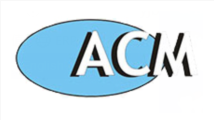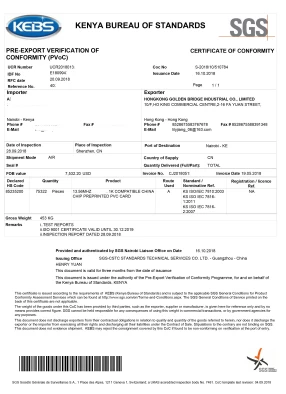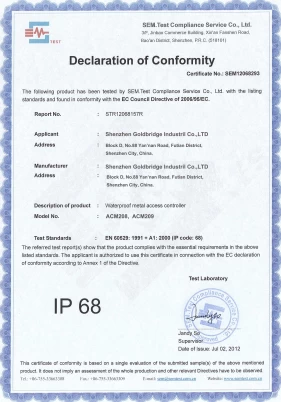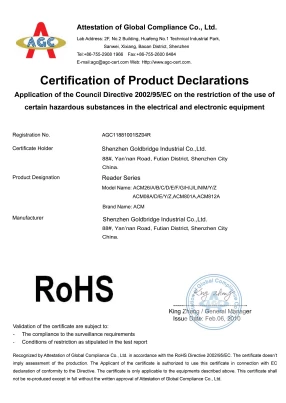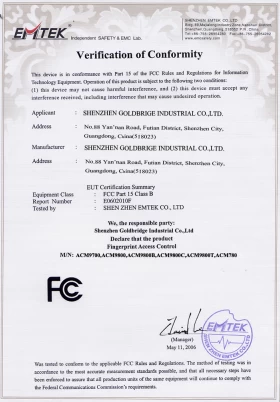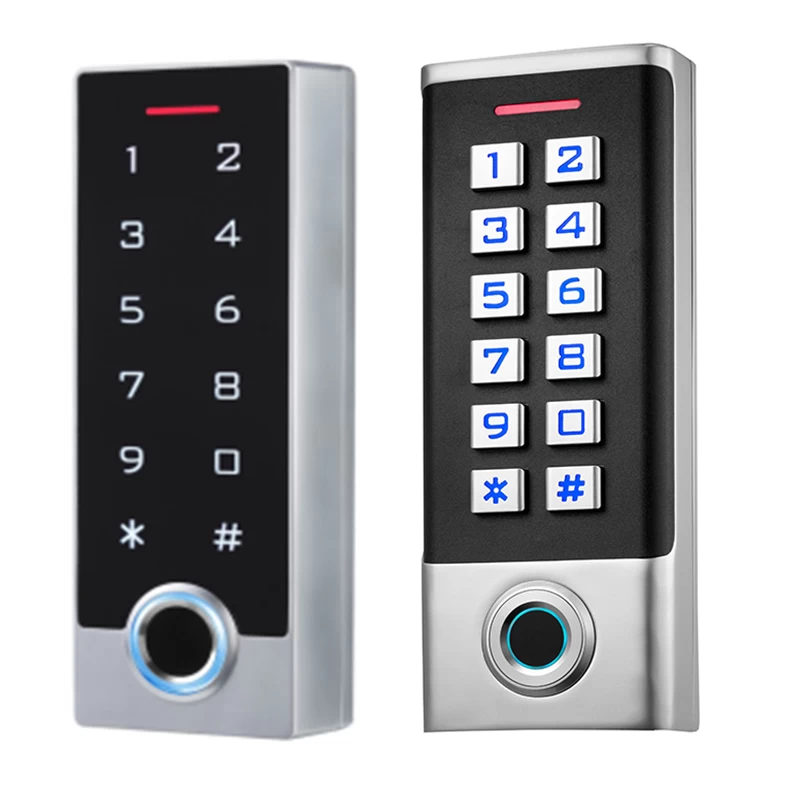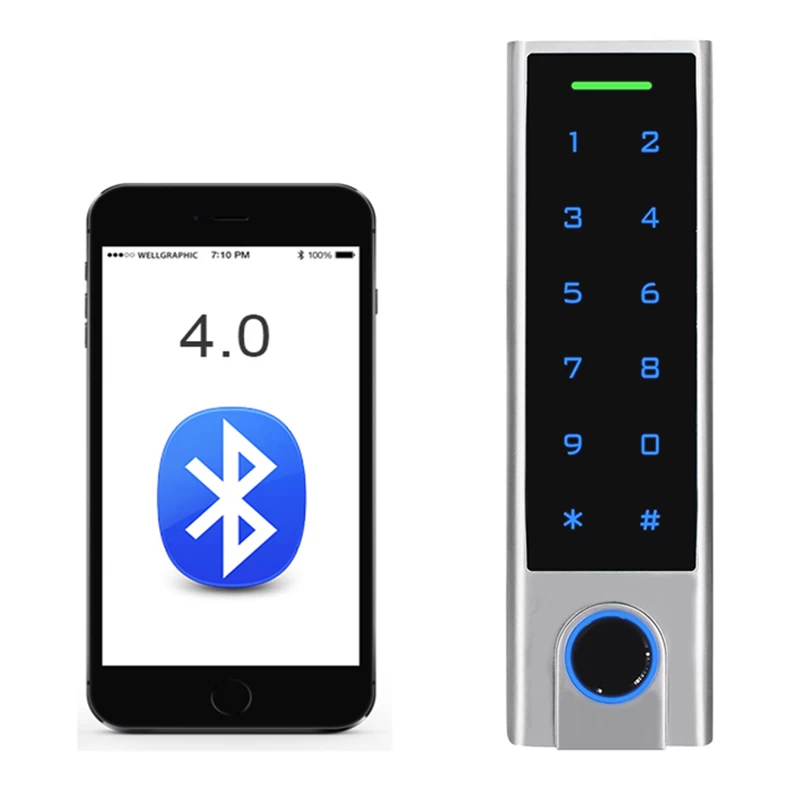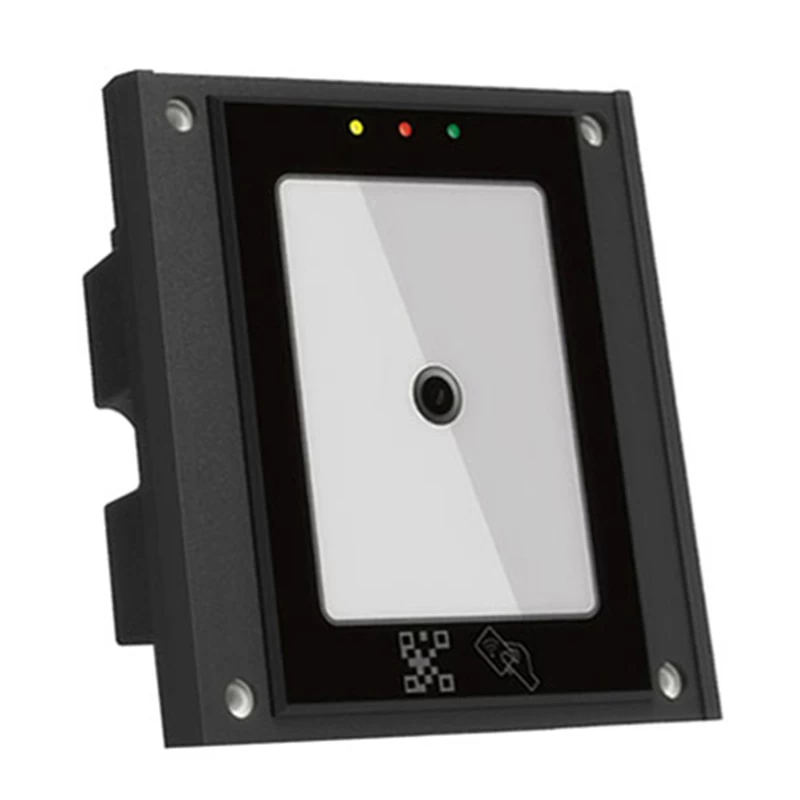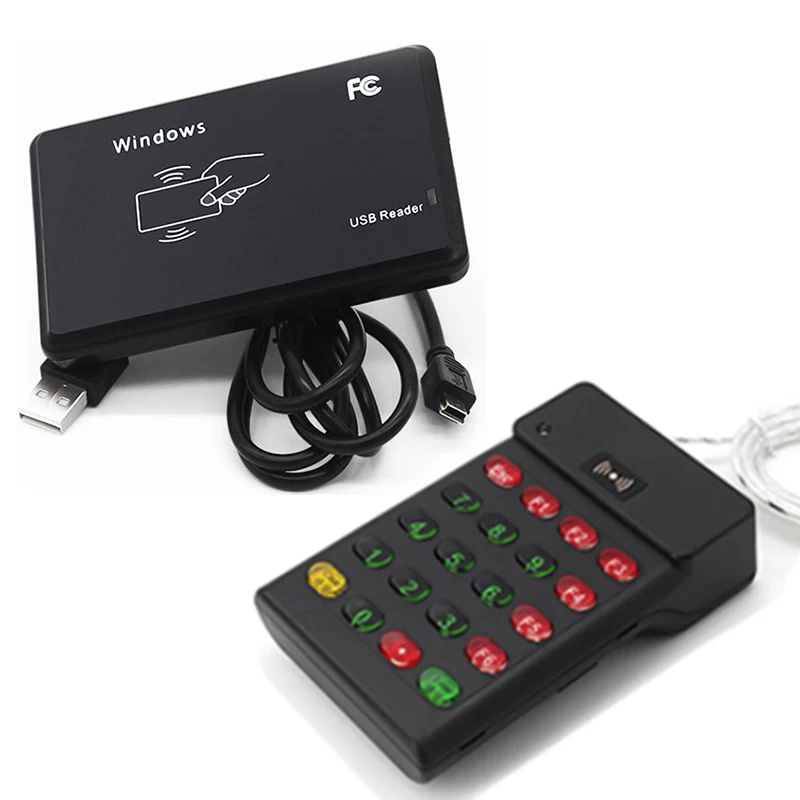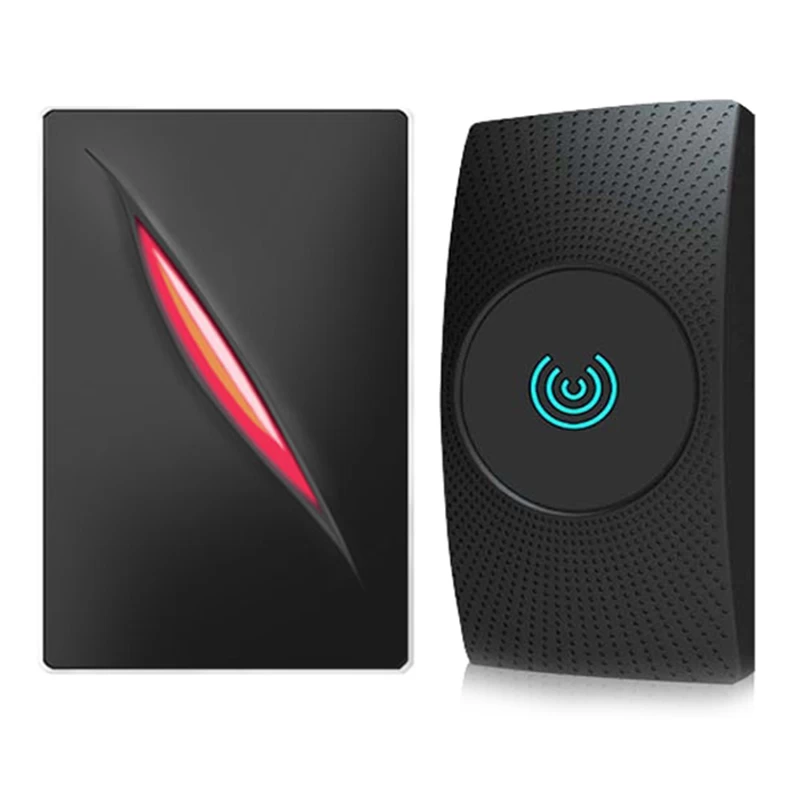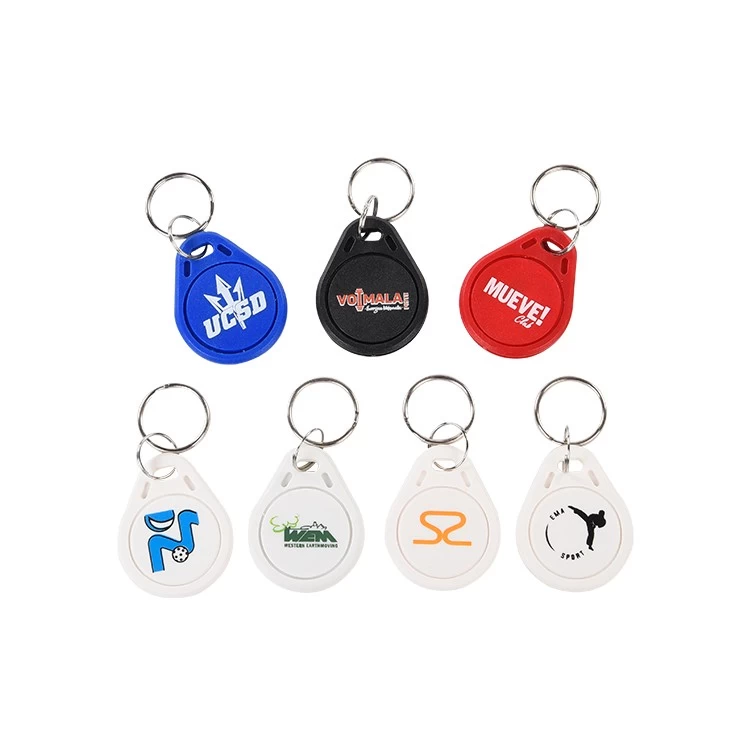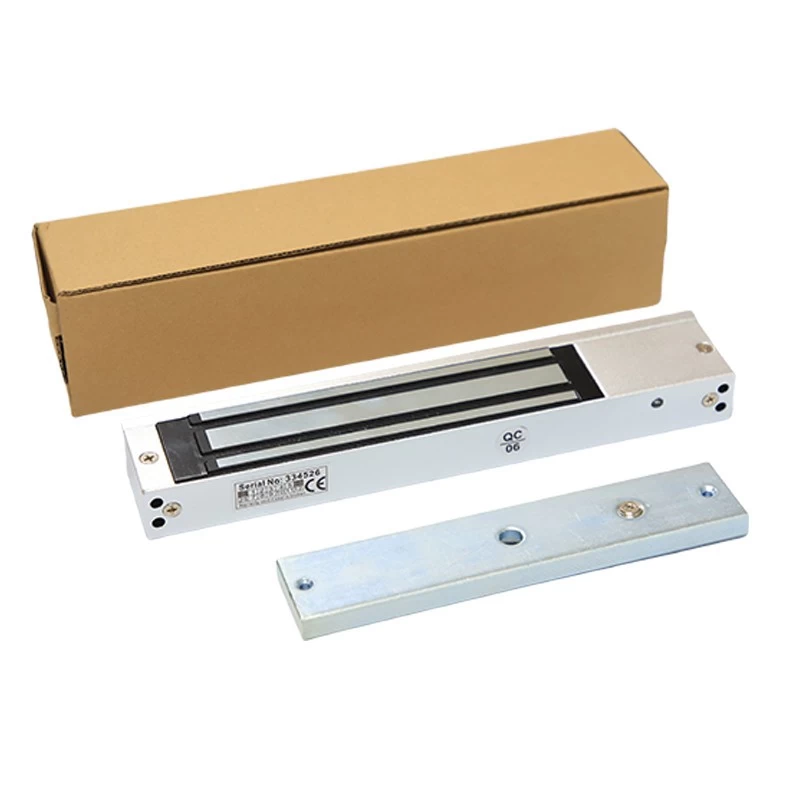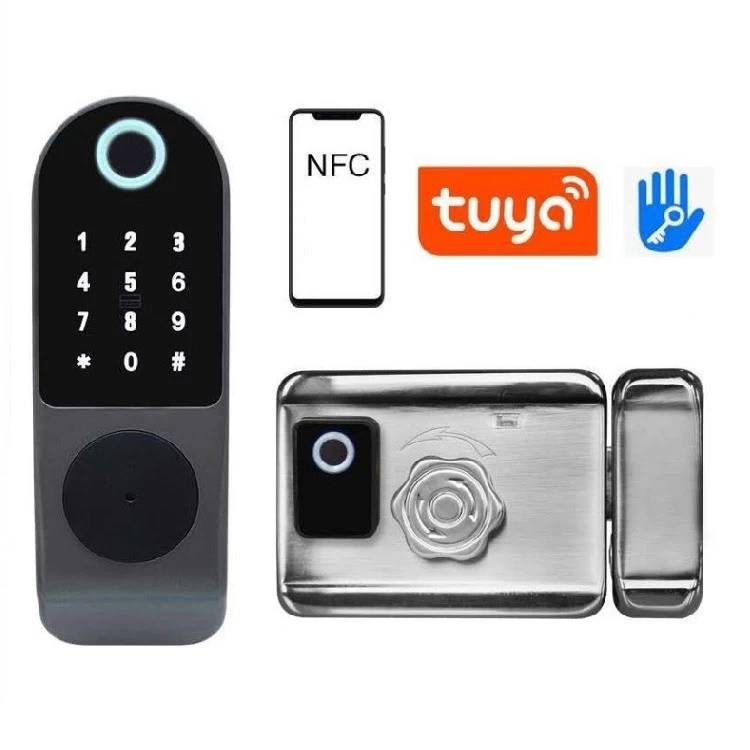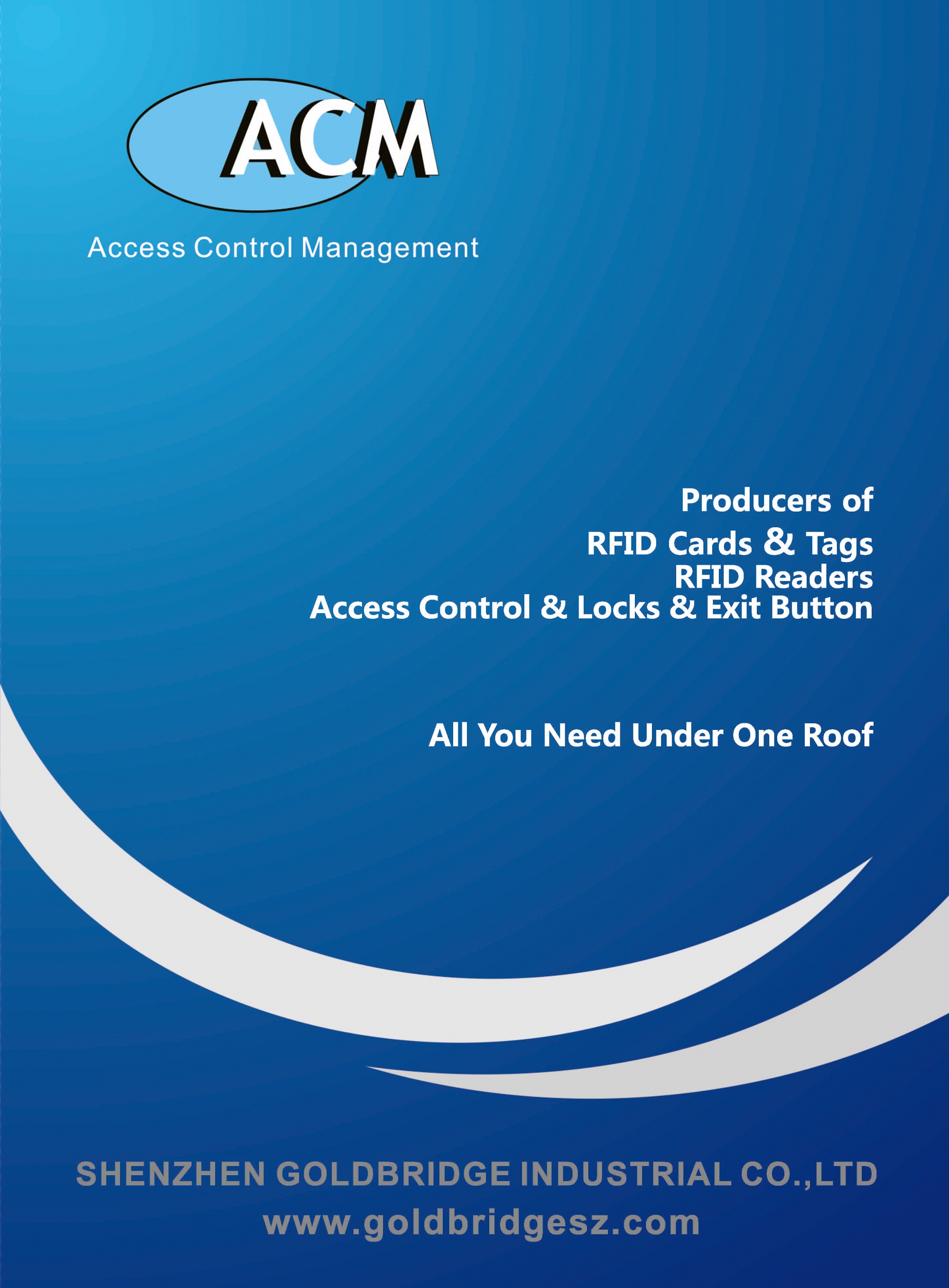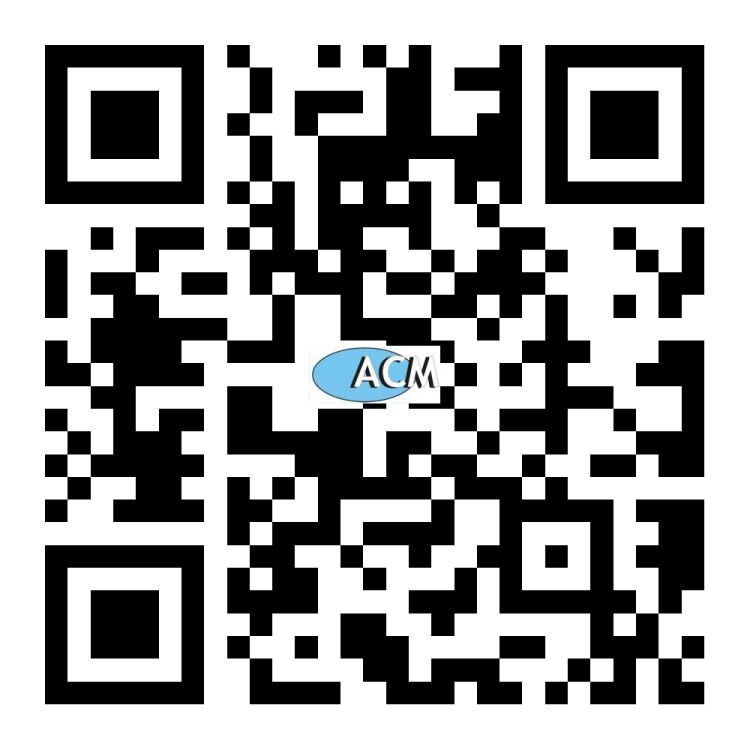How RFID solutions improve patient safety and hospital workflow
Pratt, a 35 bed emergency care hospital, deployed Stanley healthcare's real-time location system (RTLS) and hugs baby security technology in 2018, and integrated them with the existing Cisco Wireless Network to monitor and track the real-time location of newborns.
If the hugs tag is cut or tampered with, the system will alert the nurse. If someone brings a baby near the door at the exit, the door will automatically lock and the alarm will sound. The moms will also receive a wristband that matches the baby to prevent mistakes.
"We want to provide better protection for newborn babies in families so that parents don't have to worry about their safety," said Dustin Newby, head of it at Pratt hospital.

In recent years, RFID technology using wireless communication to identify and track personnel equipment has been widely used in the medical industry. When used in conjunction with RTLS or indoor positioning systems, RFID tags not only enable healthcare workers to track newborns, but also prevent people with Alzheimer's or other cognitive problems from leaving the clinic, said Tim Gee, head of medical connectivity consulting.
"It's a big problem, and it's a huge burden for hospitals."
Hospitals also use RFID tools to measure temperature and monitor hand hygiene to prevent infection. In addition to improving patient safety, this technology can also improve staff efficiency and help hospitals save costs. In addition, RFID technology can manage medical assets, provide real-time information about the location of medical equipment, and improve patient workflow by automating the previous manual management and scheduling procedures.
"The really attractive ROI (return on investment) is to coordinate workflow, track staff and patients, and track events such as surgery to make sure everything goes smoothly."
Tools to enhance Baby Safety
Although baby kidnappings are rare, Pratt hospital updated its baby safety system in 2018 to reassure parents about the safety of their babies.
Brenda Blankenship, a nurse in Pratt's home delivery room, said that hospitals chose Stanley healthcare's RTLS and baby safety software for several reasons. One is that the price is reasonable. The other is that it can track the movement of babies in the delivery room. It can also be extended to track the movement of babies in the whole hospital. Each baby's RFID tag can continuously communicate with the hospital's Wi Fi network.
"We can see the drawing of each baby's position on the computer."
From a technical point of view, the technology of Stanley healthcare provides single sign on function and integrates well with the existing Wi Fi network of the hospital. Pratt hospital has standardized a variety of Cisco products, including access point, wireless controller, mobile service engine (MSE) and RTLS technology, which work in collaboration with Stanley healthcare's aeroscout RTLS software.
Aeroscout is installed in the data center of the hospital, loading maps and other information from Cisco MSE, so that staff can see the baby's location throughout the hospital.
To determine a more precise location for each child in the family delivery room, it staff quadrupled the number of access points on the floor, from four to 16. They also installed devices called "exciters" at each exit to monitor baby tags. If the baby enters within 5 feet, the system will automatically lock the door; if the door at the exit remains open beyond the normal range, the system will give an alarm to the nurse.
Using RFID tags to improve patient workflow
With the deployment of RFID tags and the combination of RTLS, operating room workflow management, mobile communication and cloud computing software, Adventist Health white memorial has shortened the operating room turnover time by 24 to 27 minutes.
The 353 bed hospital, which has six operating rooms, uses the technology to ensure that operations start on time and to reduce waiting times between registration, pre-operative assessment, surgery and post-operative recovery rooms.
Randy Saad, director of perioperative services at the hospital, said: "we have a busy schedule and we have to be efficient."
When patients register for admission, they receive a wristband with an RFID chip. RFID tags communicate with RTLS and workflow software through Wi Fi network every two to three seconds. When patients move, sensors that have been strategically installed in rooms and corridors will detect their location, which allows hospital staff to know the location of patients at any time.
Nurses can view their monitors to evaluate the workflow in real time. Each patient is marked with a different color, and if the patient waits more than 30 minutes for surgery, the color changes.
"If we're behind schedule, we can call another department and ask if they can prepare for the operation, which reduces the pressure on the patients to wait," Saad said
The hospital officially deployed RFID technology in 2012, which can not only send automatic alarms to employees' mobile phones, provide real-time workflow information, but also send the alarm that the recovery room is about to be full or the operating room is in urgent need of cleaning.
Use the label to monitor the temperature of the supply storage
Tags used by asset tracking system support different technologies to transmit data. In addition to RFID, medical providers can deploy tags that use Wi Fi, infrared and even ultrasound.
For example, Covent health, which operates seven hospitals in western Texas and Eastern New Mexico, has deployed Wi Fi and RFID hybrid tags to measure temperature and humidity and track medical devices.
Ubong okpon, manager of Covent's regulatory program, said the company started a pilot of Wi Fi tags with sensors in 2017 at Covent specialist hospital in rabbock, Texas, to monitor the temperature and humidity of refrigerators that store food, vaccines and drugs. The labels also monitor temperature and humidity in various rooms, including the operating room.
Oakpen said Covent's leadership team decided to automate temperature tracking to better meet the requirements set by the Joint Commission, rather than manually checking the temperature daily. After reading the temperature, the tag sends the data to the cloud based clinical software in real time through the wireless network. If the temperature exceeds the set range, the software will inform the hospital staff by email or SMS.
Covent has expanded the pilot project to several other hospitals. Recently, it deployed RFID tags in the emergency department of Covent medical center to track doctors and nurses and test their ability to respond to trauma events.
The health system is also starting to use Wi Fi tags to track medical devices, such as intravenous pumps and virtual patient observation tools. With these, if nurses need an IV pump, they can find it immediately, instead of searching in different departments. This gives nurses more time to take care of patients.
For more information, please contact with sales@goldbridgesz.com.
